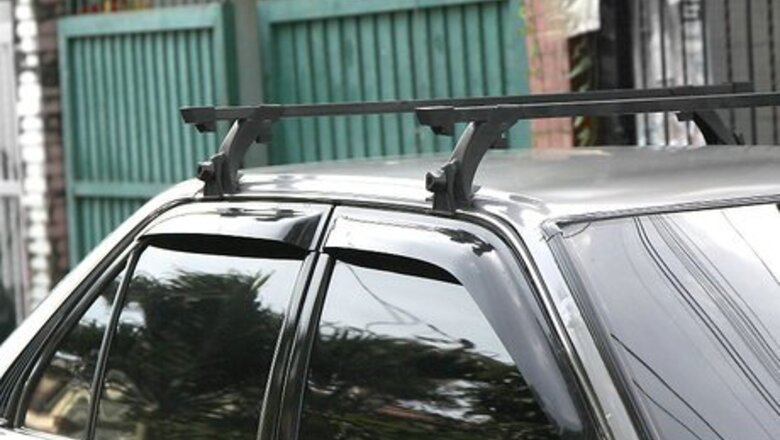
views
Choosing a Car Rack
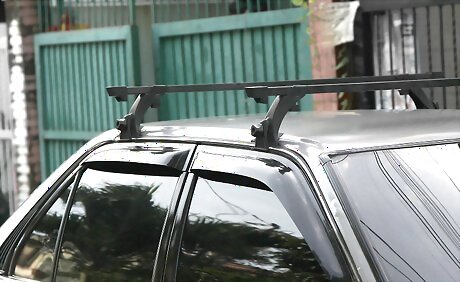
Choose a car rack that's compatible with your type of vehicle. Most car racks have mounting requirements. For example, hitch rack requires a trailer hitch, a spare tire rack only attaches to SUVs with a spare tire mounted on the rear of the vehicle and a trunk rack may not work with cars with a spoiler.

Select a car rack that will accommodate the equipment you want to transport. Trunk racks, hitch racks and spare-tire racks transport bikes, but the number of bikes vary depending on the type of rack and model. A roof rack is more versatile, giving you the option of transporting skis and snowboards, a kayak, a surfboard, a cargo container and even a Christmas tree.
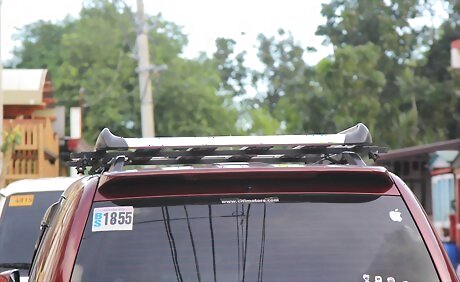
Decide whether you want the flexibility of removing the rack and attaching it to another vehicle. Trunk racks are lightweight and portable, while hitch racks are easy to attach and remove. Spare-tire racks and roof racks are often installed permanently.
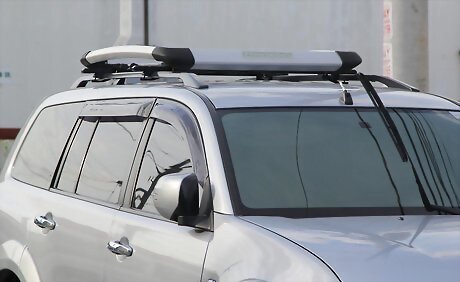
Consider the pros and cons of each type of car rack. In addition to being versatile, roof racks offer more stability for transporting bikes. Bikes on other types of car racks are likely to sway against each other during transport. The height of a roof rack on a SUV or van can make it difficult to hoist gear onto the roof and secure it. Trunk racks are an economical choice for people who only need to transport bikes once in a while. Some care must be taken when installing it to avoid scratching the car's paint. The main downside is the trunk cannot be opened when the rack is installed. Also, the straps can be cut, so bikes are less secure from theft. Hitch racks require a Class II hitch or higher. Because hitch racks can hold up to 5 bikes, it can be the ideal choice for a family of bikers. The main downside is it may block access to a rear hatch, although more expensive models swing out of the way. Spare-tire racks don't inhibit rear-door access, and they can be adapted to accommodate other gear and carriers. However, they are limited to vehicles with a spare tire mounted on the back.
Choosing a Car Carrier

Choose a cargo box if security is your utmost concern. These containers are lockable and have hard sides that can't be cut through. The downside is they are expensive and bulky to store when not in use.
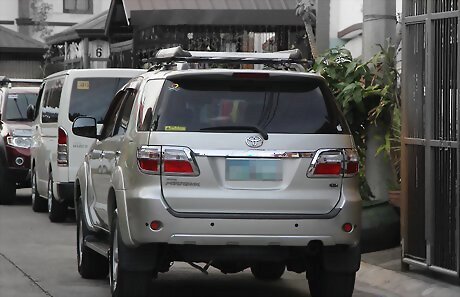
Select a soft-sided cargo bag if you don't want to spend a lot. These lightweight bags can be rolled up and tucked into a small storage space. Cargo bags with thicker UV material and sturdy zippers will last longer. Look for a bag with a vinyl backing if you want it to be waterproof.

Look at the wind-resistance, which will affect gas mileage and noise on the highway. Cargo boxes usually have a more aerodynamic shape than cargo bags and won't be flapping in the wind like cargo bags. A car back carrier, which attaches to a luggage rack on the back of a SUV or van, has the benefit of no aerodynamic drag.
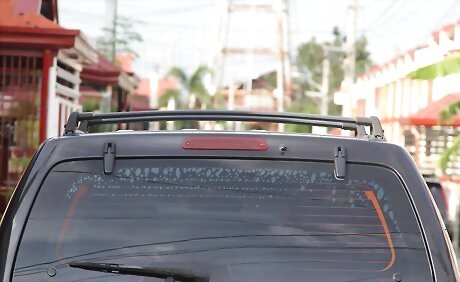
Make sure the cargo box length is right for your vehicle. You don't want it to be so long that the rear hatch hits it when lifted opened. If the cargo box extends past the front windshield, it can catch updraft and affect steering.
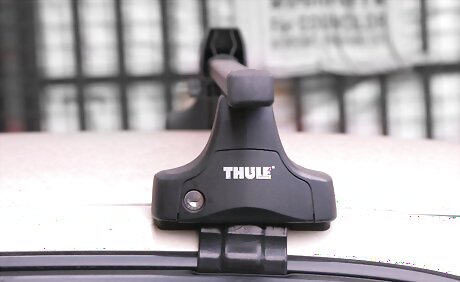
Consider the color. Light-colored cargo boxes are usually priced higher as they will absorb less heat than black.











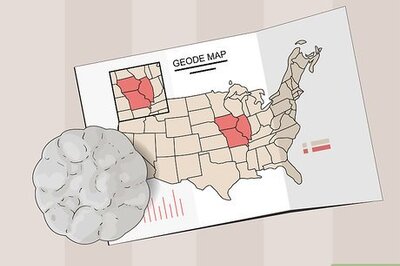








Comments
0 comment